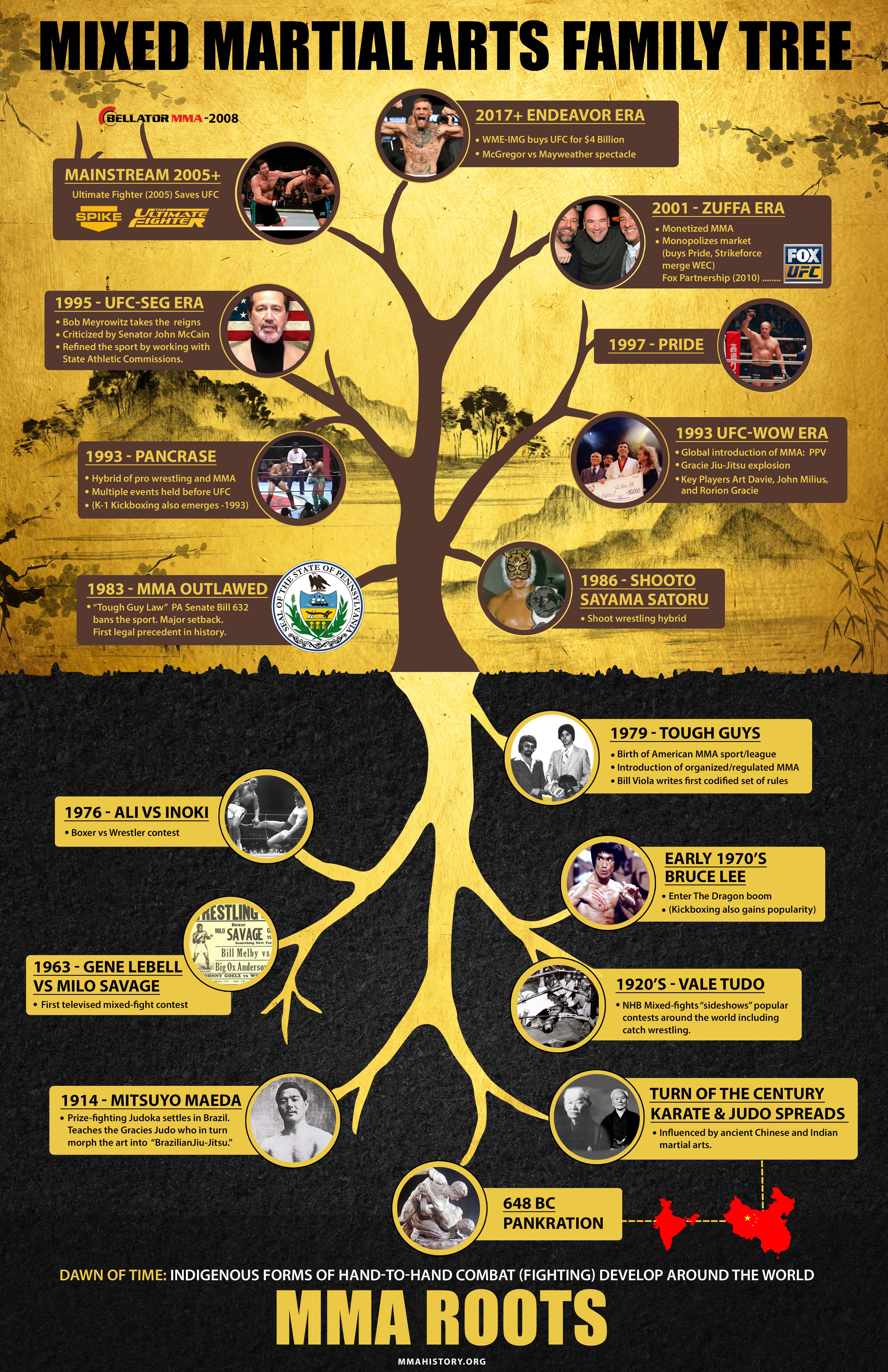When you consider martial arts, do you lean extra towards the conventional practices or the modern-day combat sporting activities? Each path uses special benefits and experiences, formed by their philosophies and training techniques. Traditional martial arts emphasize individual growth and discipline, while contemporary fight sports focus on competition and performance. Understanding these distinctions can lead you in picking the best approach for your trip. Yet just how do these differences show up in training and viewpoint?
The Ideology and History Behind Standard Martial arts
While lots of people associate martial arts with physical fight, the ideology and history behind typical martial arts run much deeper. You'll discover that these disciplines emphasize personal growth, discipline, and regard.
Originating from old techniques, conventional martial arts were typically developed for Self-Defense and spiritual growth. They embody principles such as equilibrium, consistency, and self-discipline, assisting practitioners past plain fighting abilities.
As you train, you'll not only discover methods however likewise obtain insights right into the culture and values that formed these arts. The rituals and traditions, often passed down via generations, promote a feeling of community and belonging.
The Competitive Nature of Modern Fight Sports
Modern fight sports have actually transformed the landscape of martial arts into a very affordable field, where athletes take on in a test of skill, method, and endurance.
You'll see that competitions are typically arranged with strict rules and laws, ensuring justice and security. These events attract huge target markets, fueling the exhilaration and strength of competitions.
best martial arts to learn at home train rigorously, not just for physical expertise but also for mental durability, understanding that every detail counts in the ring. The adrenaline rush during competitions is apparent, as boxers press their limits to assert victory.
Followers value the athleticism and creativity included, making modern-day combat sports a thrilling spectacle that continues to evolve and astound fanatics worldwide.
Training Approaches and Techniques: A Comparative Evaluation
The affordable environment of modern battle sporting activities demands innovative training techniques that vary considerably from conventional martial arts.
In contemporary training, you'll concentrate on certain methods, sparring, and conditioning, typically making use of drills that simulate real fight situations. https://www.wdrb.com/news/louisville-martial-arts-training-school-hosting-carjacking-self-defense-class/article_d2190dc2-d864-11ec-9172-eb52b8dc1103.html 'll see a focus on measurable efficiency and regular competition to assess your abilities.
On the other hand, traditional martial arts prioritize types, katas, and thoughtful mentors, usually stressing self-control and regard over competition.
Training is normally less intense and might involve repetitive technique instead of real-time sparring.
While both strategies develop ability and fitness, modern-day battle sporting activities give an extra dynamic and adaptable training environment, preparing you for prompt challenges in the ring or cage.
Choose the course that lines up with your goals and rate of interests.
Conclusion
In selecting in between traditional martial arts and contemporary combat sports, it really comes down to what you value most. If you're looking for individual growth, self-control, and a feeling of area, traditional arts may be your finest fit. Yet if you grow on competition and real-time challenges, modern-day fight sporting activities could be the method to go. Inevitably, both courses supply one-of-a-kind advantages, so it's everything about straightening your training with your individual goals and interests.
